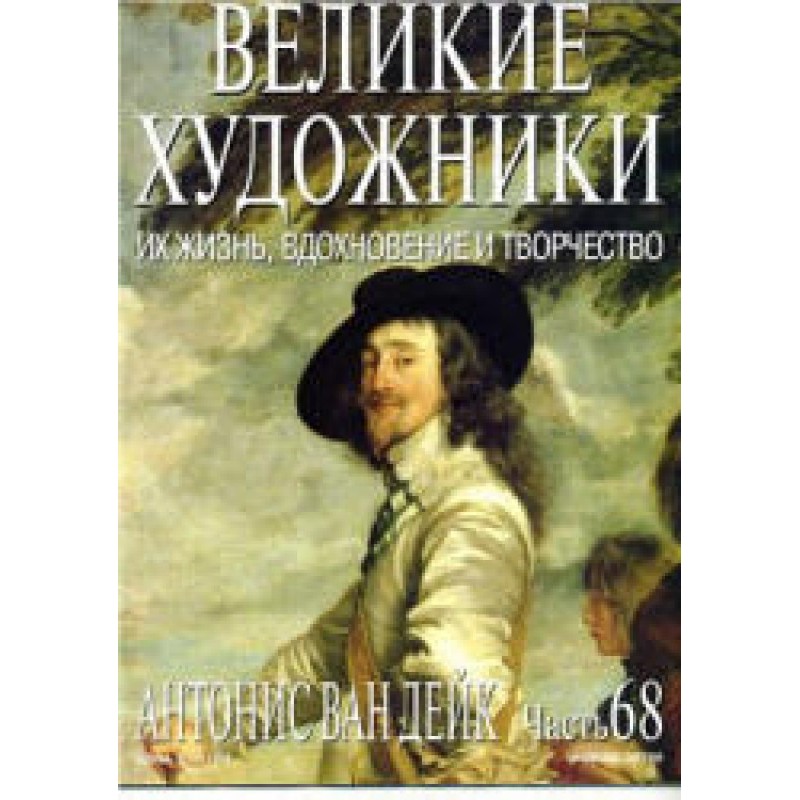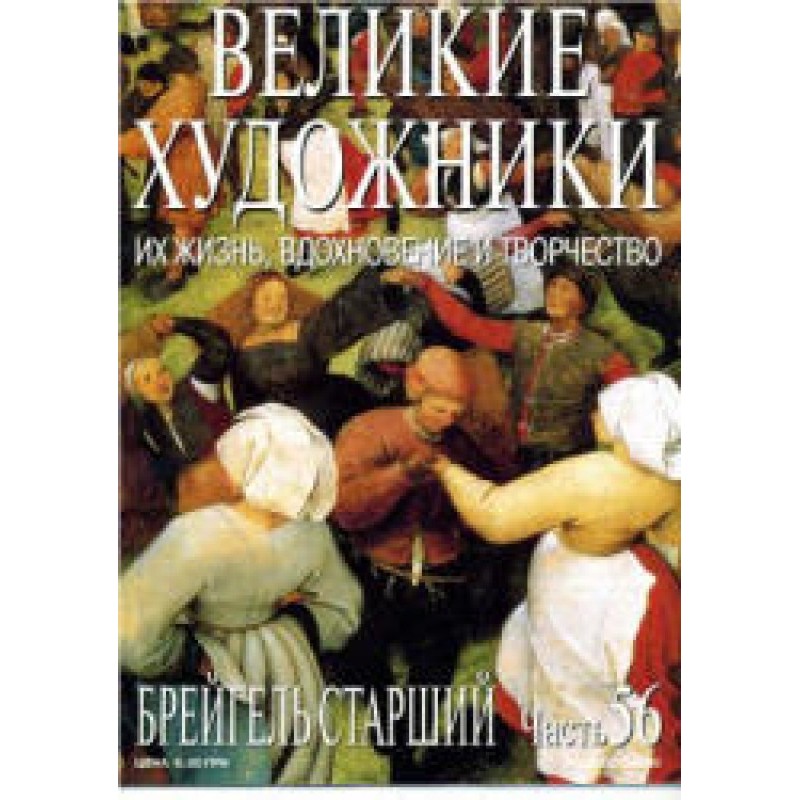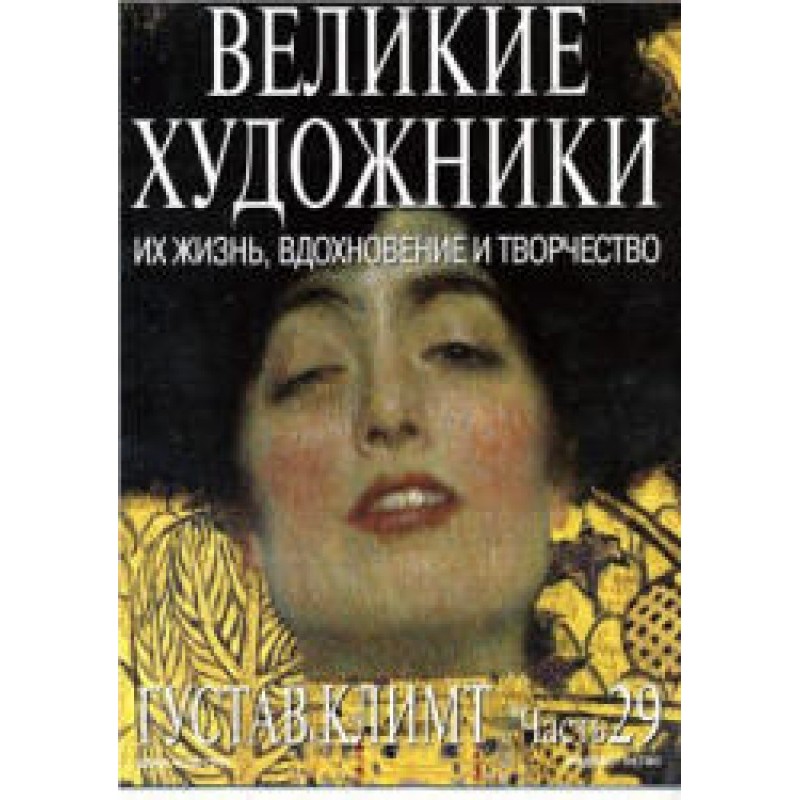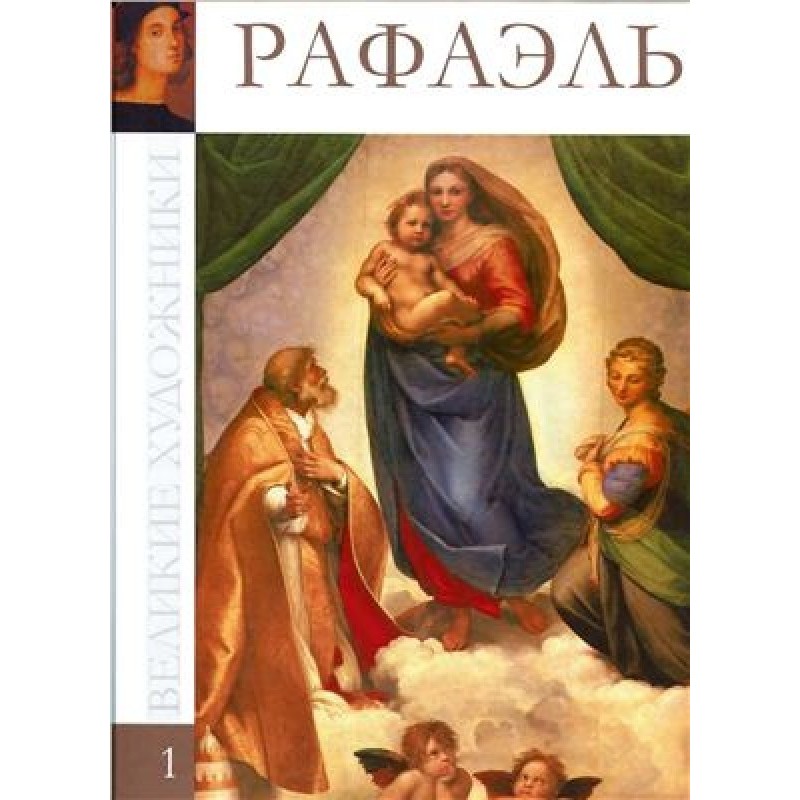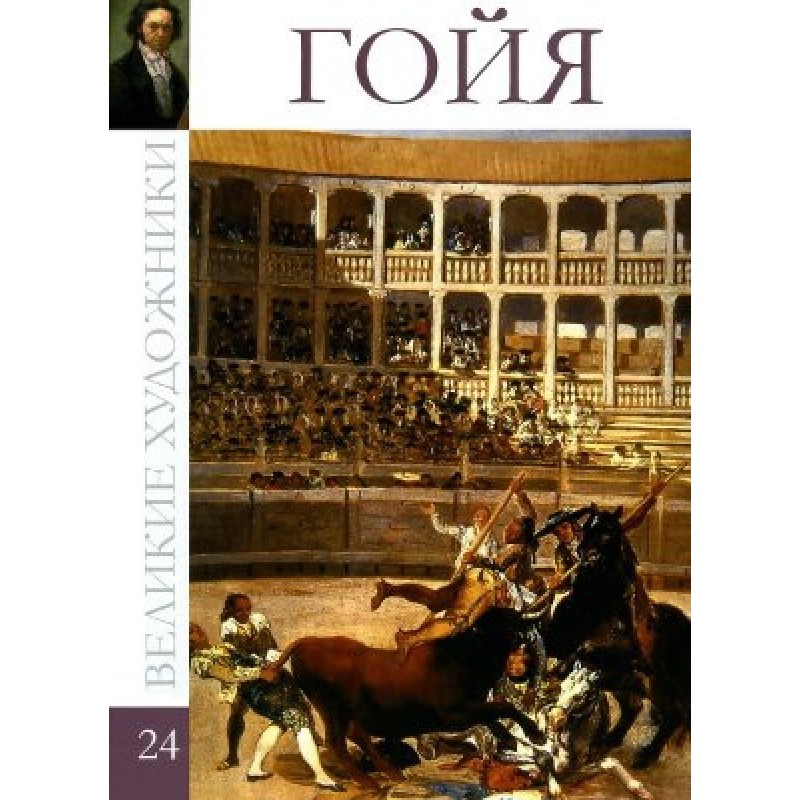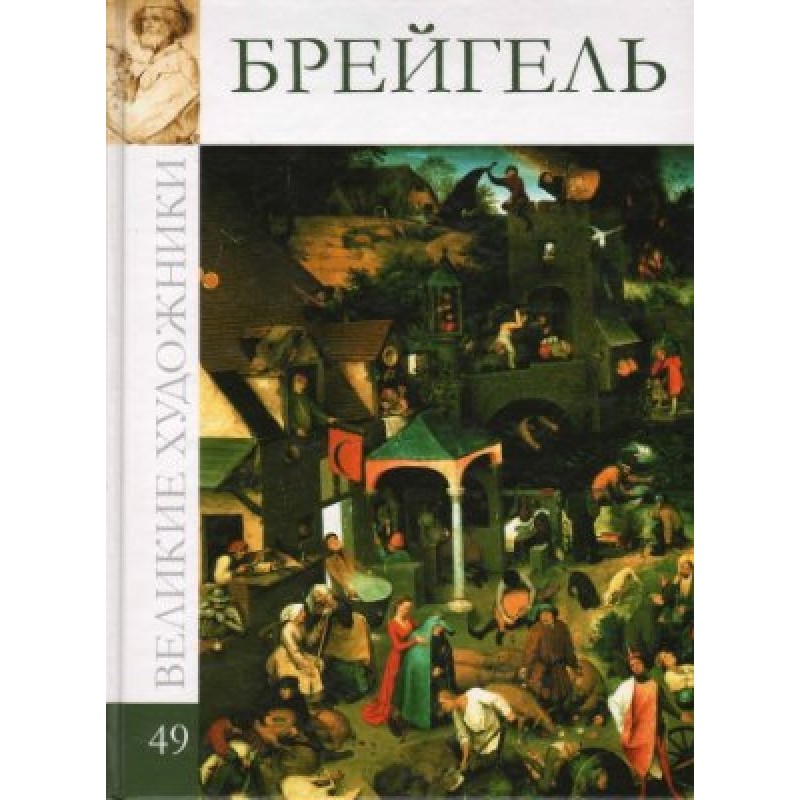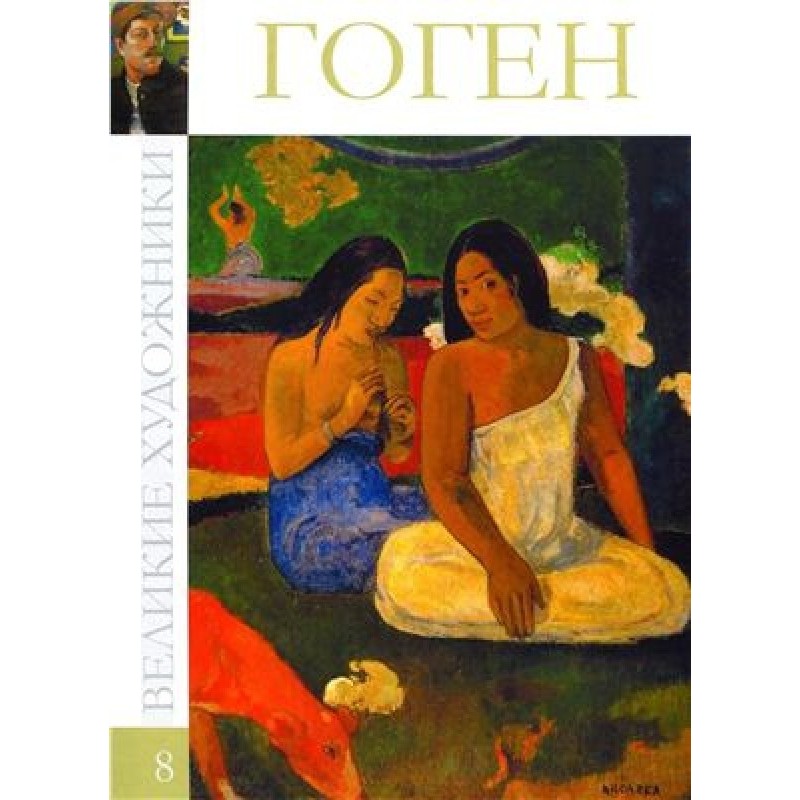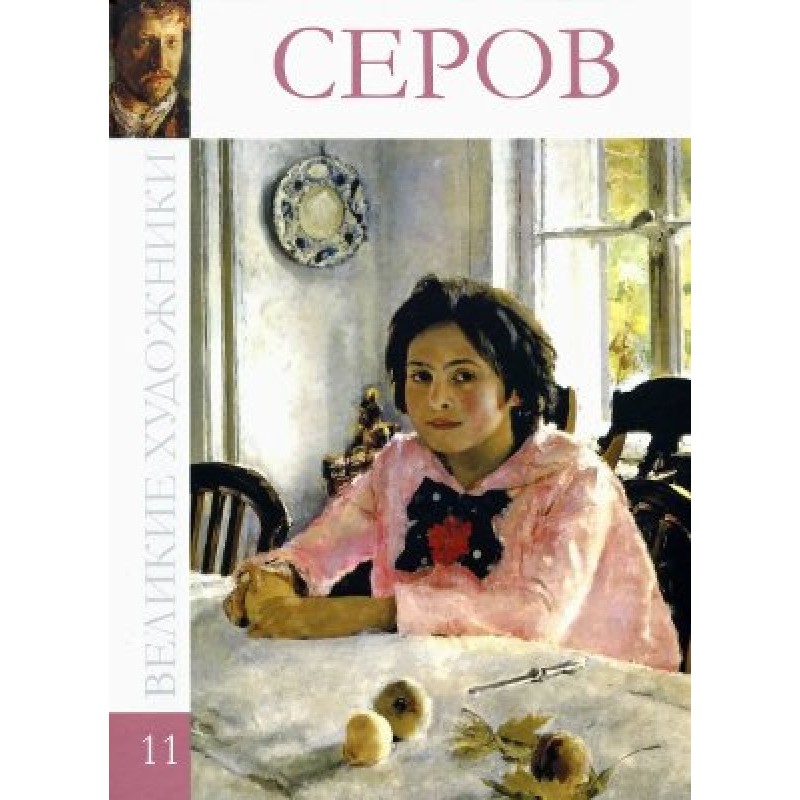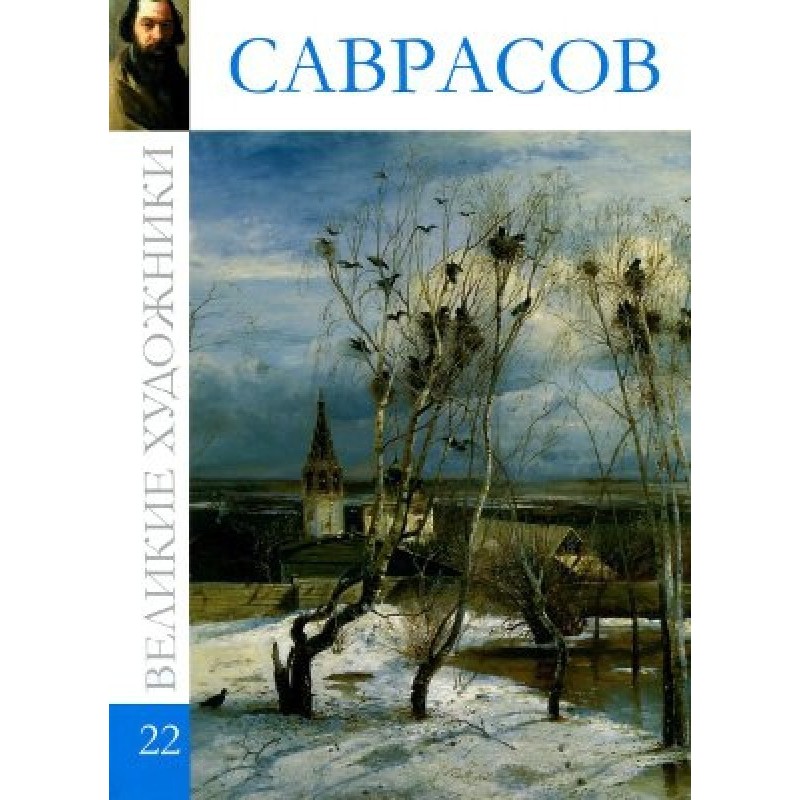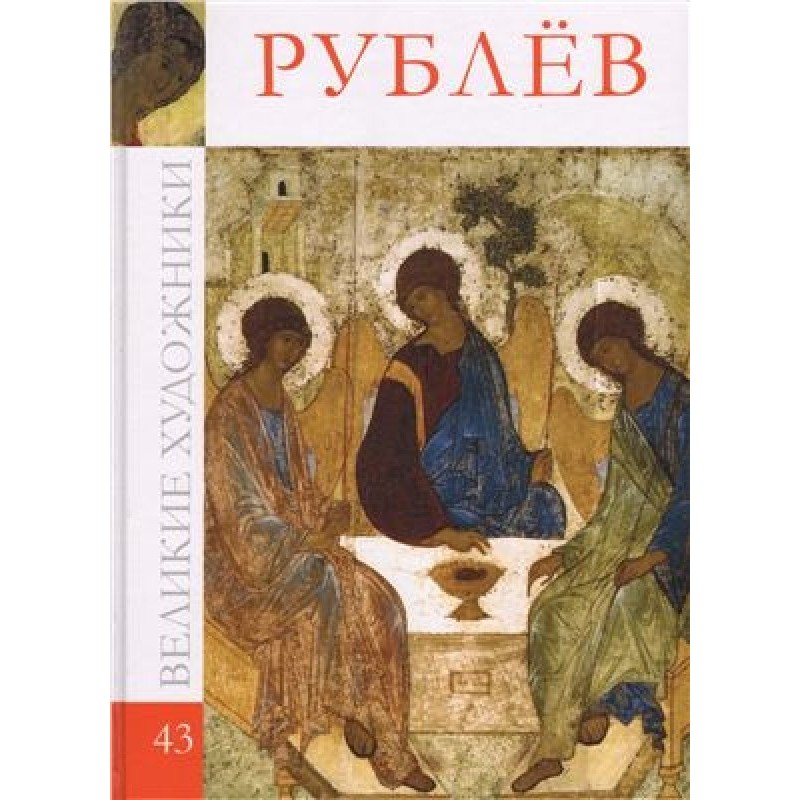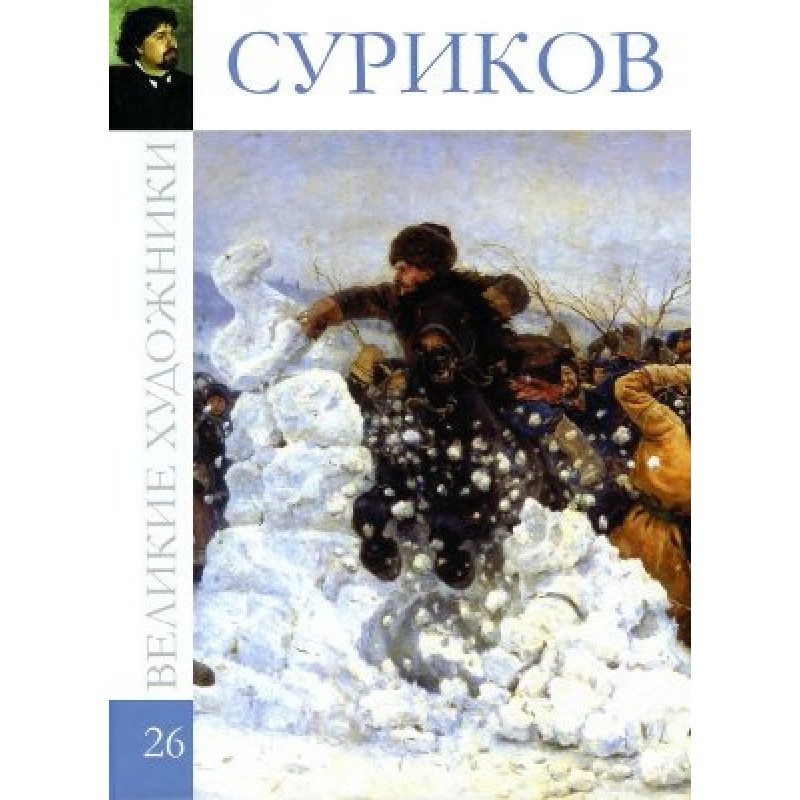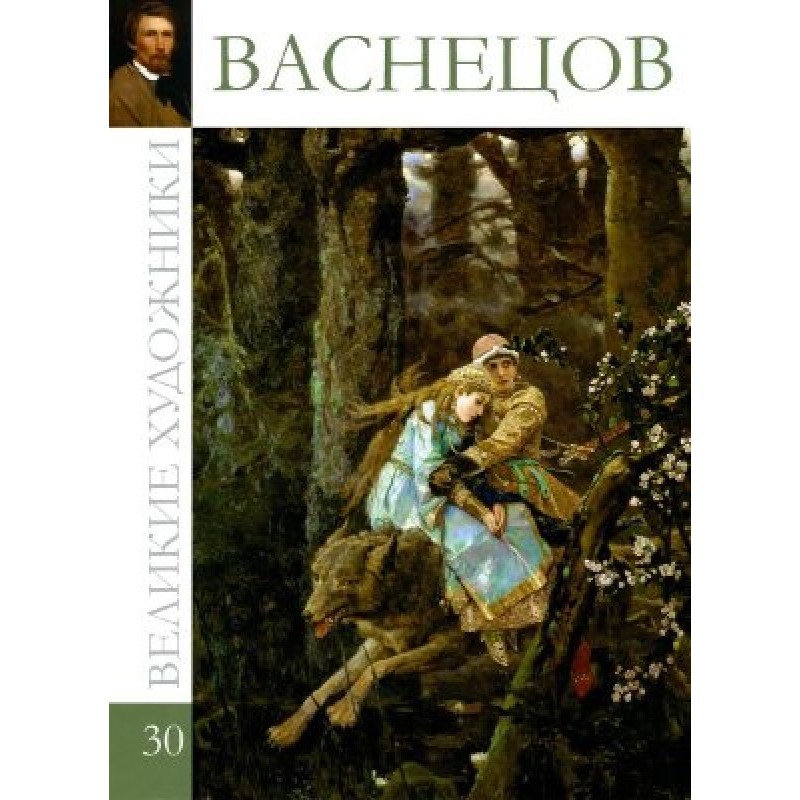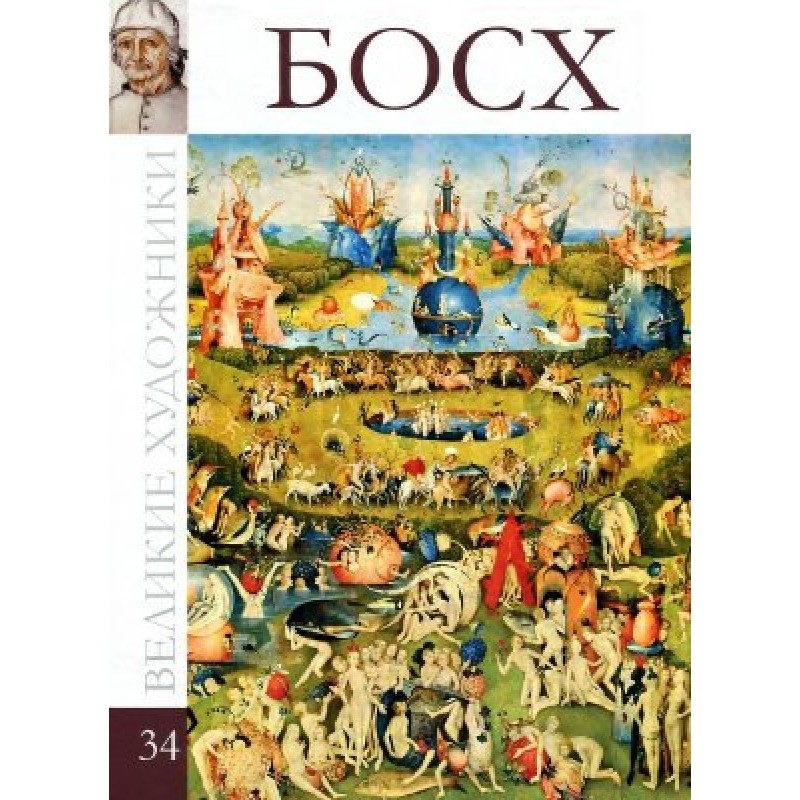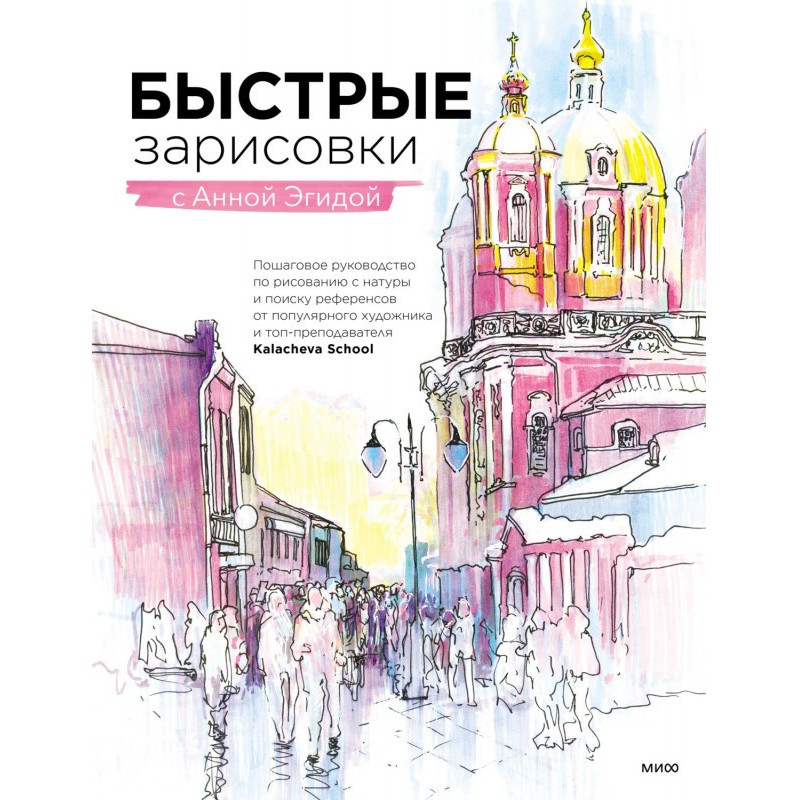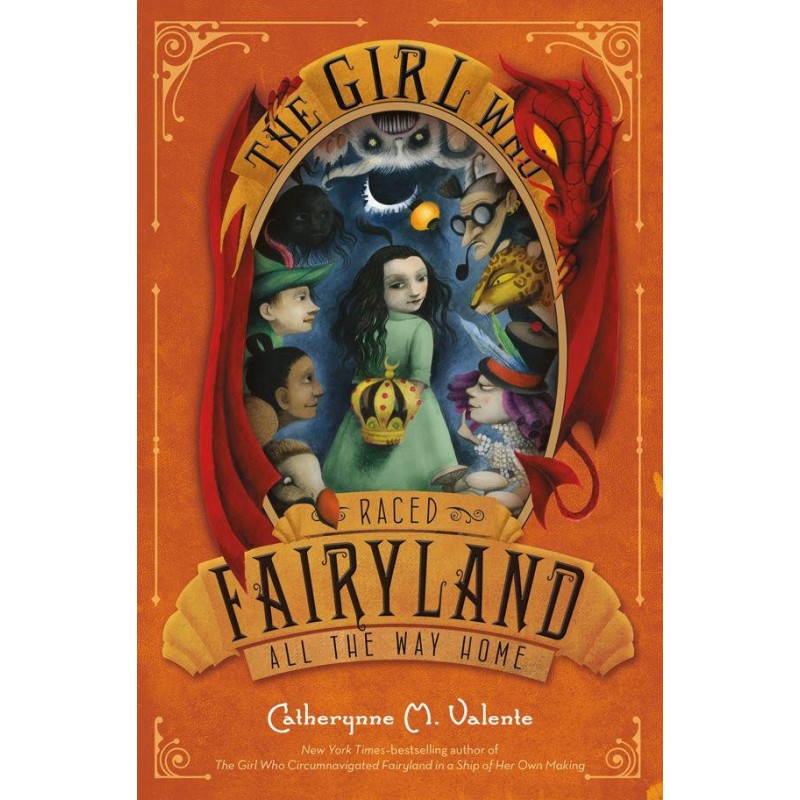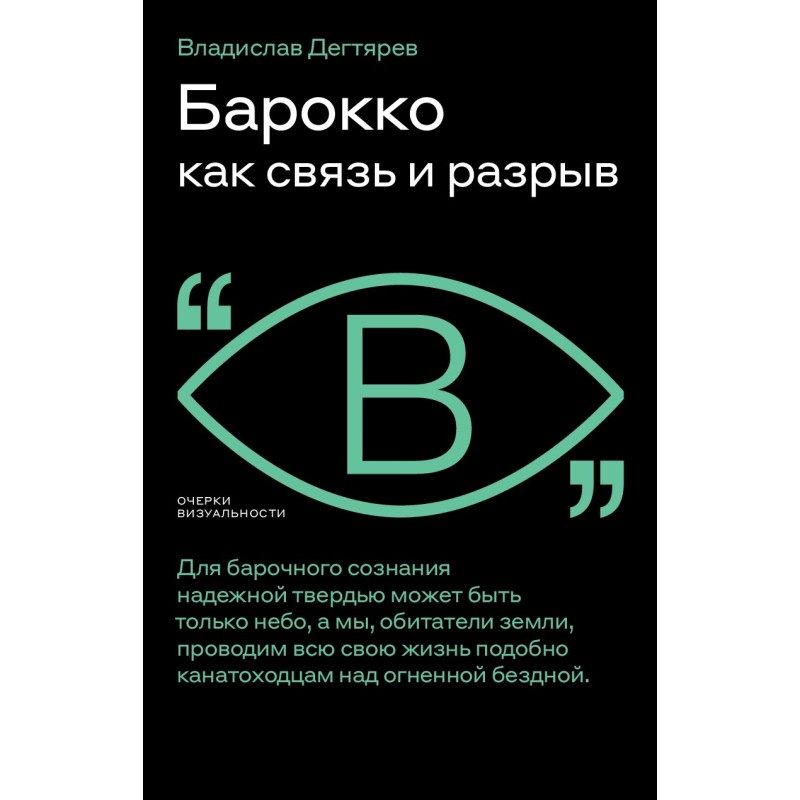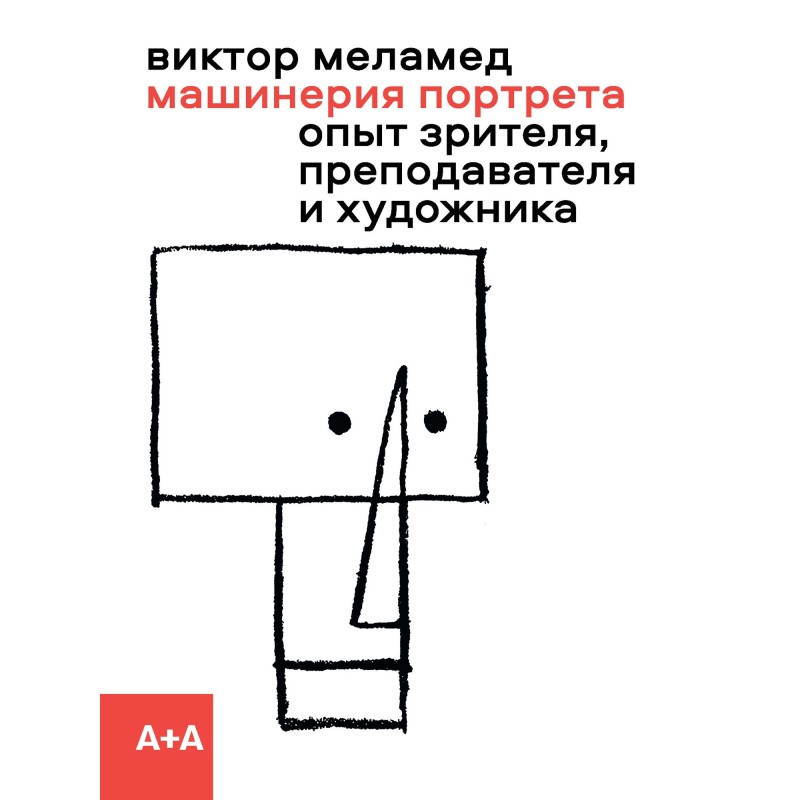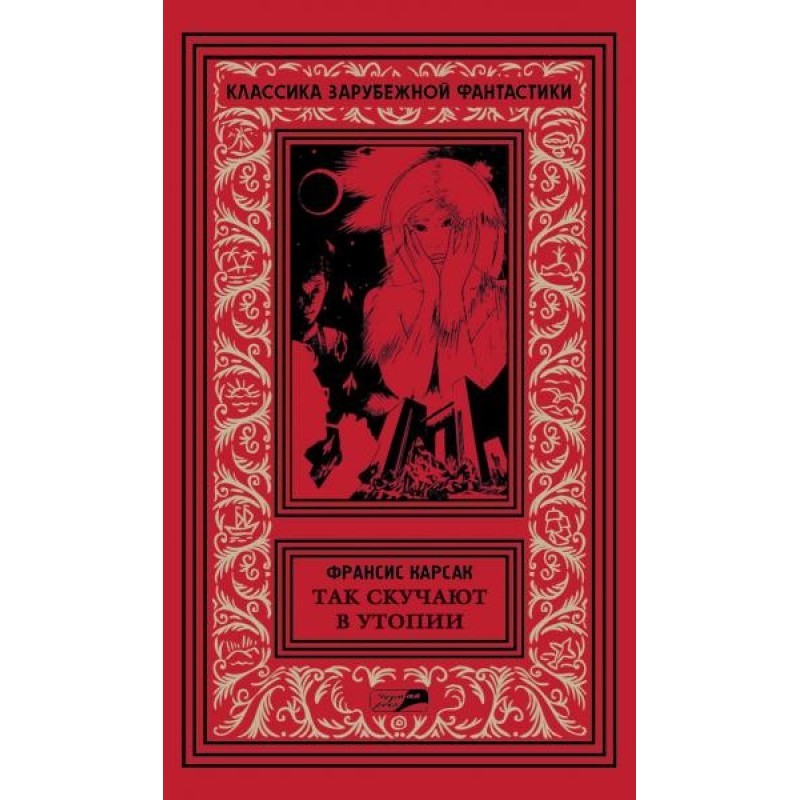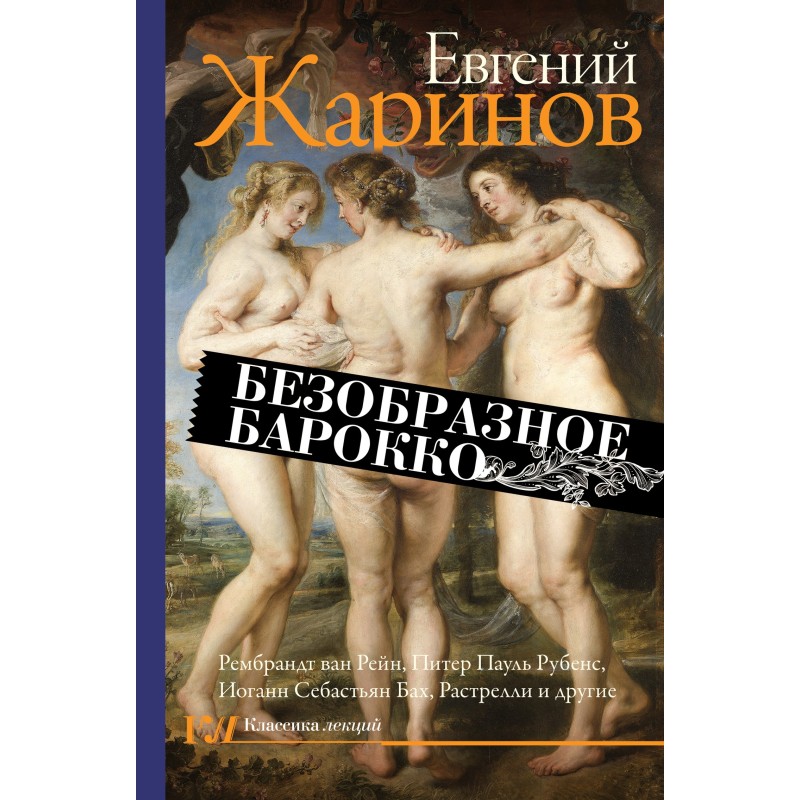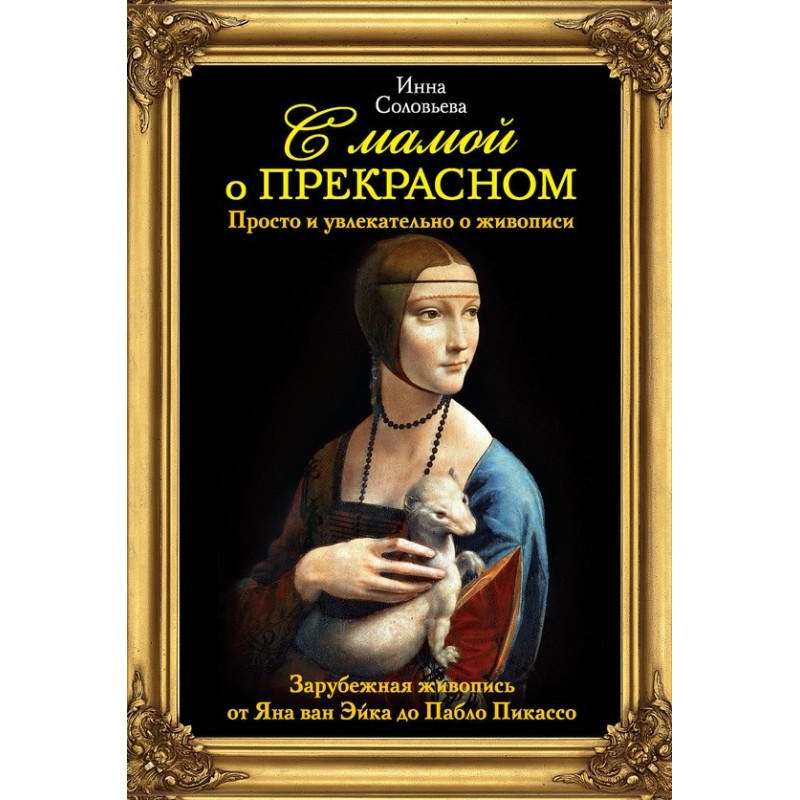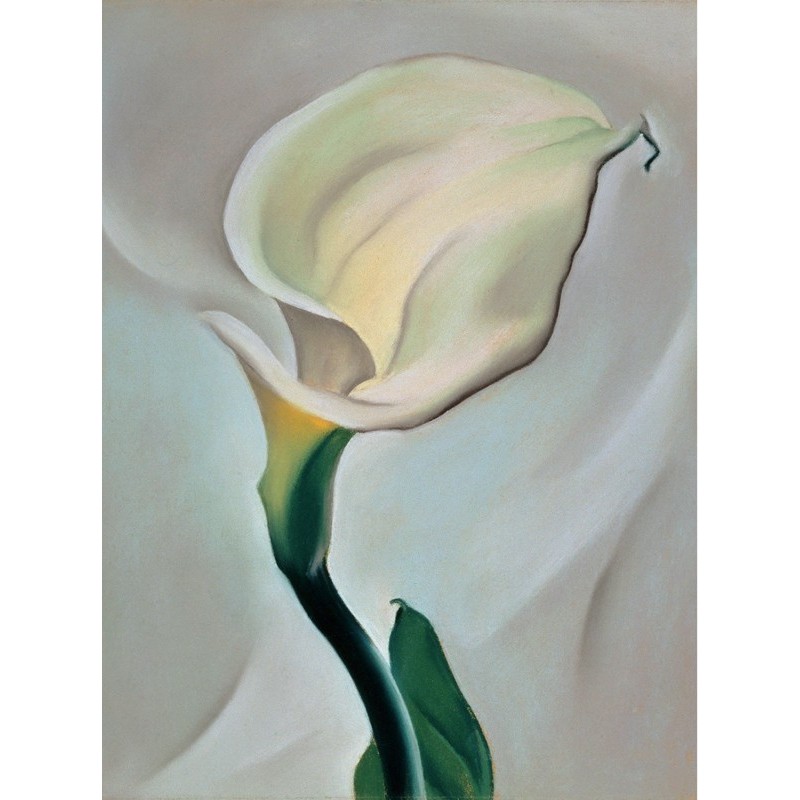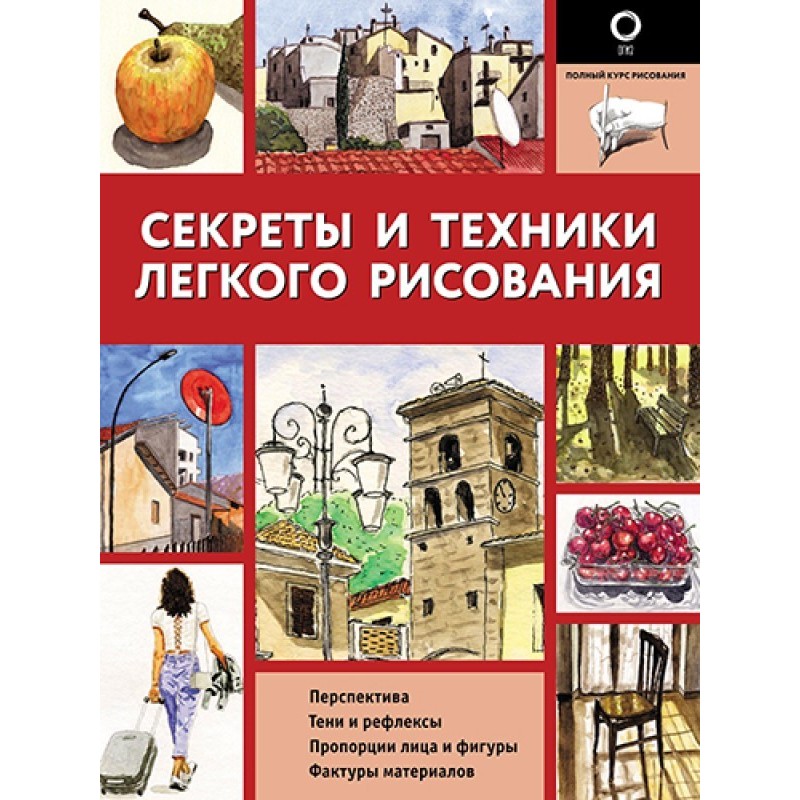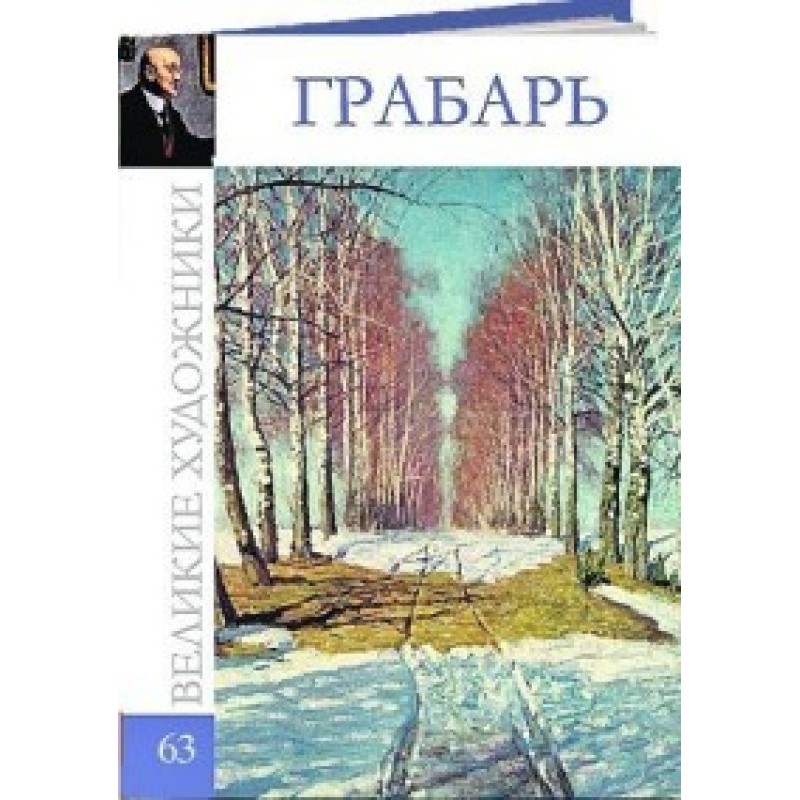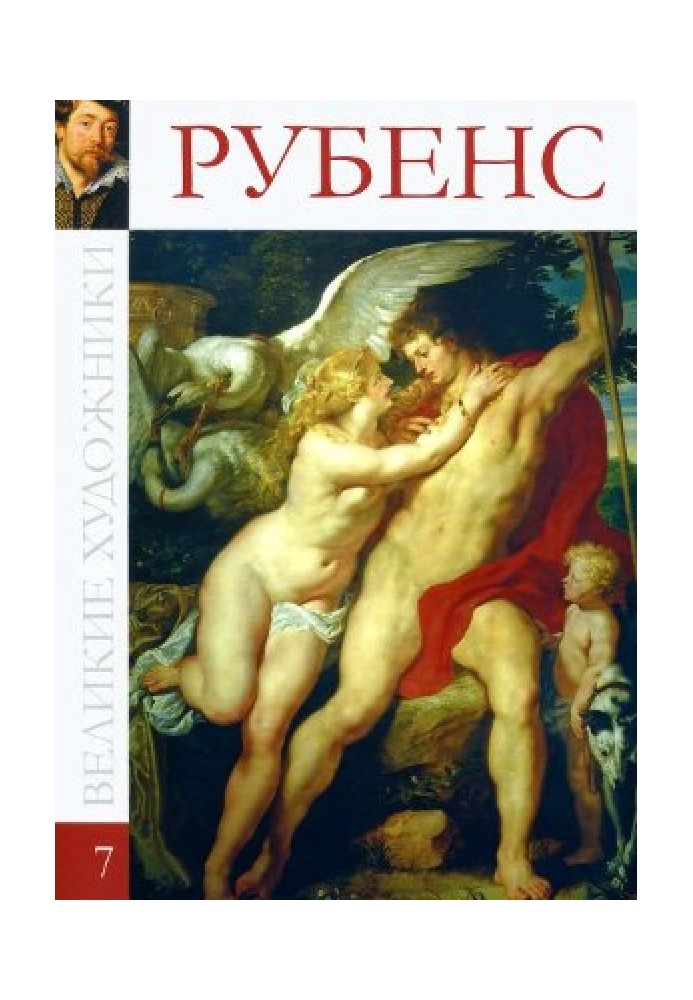Rubens
 Instant download
Instant download
after payment (24/7)
 Wide range of formats
Wide range of formats
(for all gadgets)
 Full book
Full book
(including for Apple and Android)
“Great Artists” - a collection about outstanding masters of painting. The book series contains more than 50 illustrations, an “elegantly written” biography of the artist and the history of the creation of the paintings.
An outstanding artist, the head of the Flemish school of Baroque painting, Peter Paul Rubens (1577-1640) was a man of rare genius who possessed all the virtues so necessary both for great achievements in art and for success in society - a powerful intellect, vigorous energy, good health, pleasant appearance, an amazing gift of harmony and, in addition, a clear head for creative and business activity. Dizzying fame came to him during his lifetime. Moreover, Rubens shone not only in the field of art. He also proved himself as a humanist scientist, philosopher, archaeologist, architect, outstanding collector, numismatics expert, statesman and diplomat. In terms of the power of his talent and the versatility of his talent, Rubens is one of the most brilliant figures of European culture of the 17th century. Contemporaries called him the king of artists and the artist of kings. Having passed away at the age of 63, Rubens left behind about three thousand priceless canvases. Rubens’ art, distinguished by a lively and powerful sense of nature and inexhaustible imagination, is full of various subjects, action, an abundance of figures and accessories, and pathetic gestures. The artist captured his characters with emphatic physicality, in the prime of ponderous beauty. The elation, pathos, violent movement, and decorative brilliance of color characteristic of the Baroque are inseparable in Rubens’ art from the sensual beauty of the images and bold realistic observations. The range of the artist’s creativity is very wide: paintings on religious and mythological subjects (“Descent from the Cross”, “Perseus and Andromeda”), historical and allegorical canvases (the cycle “The History of Marie de Medici”), landscapes and scenes imbued with a democratic spirit and a sense of powerful natural forces peasant life (“Return of the Reapers”), portraits full of lively charm (“The Chambermaid”). Rubens created a new genre of European ceremonial baroque portrait, emphasizing the social significance of the model (portrait of Marie de Medici). The landscapes of the late Rubens reproduce the epic image of the nature of Flanders with its open spaces, distances and people inhabiting it (“Rainbow”, “Return from the Field”). A great painter, he was also a great master of drawing (studies from life, independent compositions, portraits, sketches; about 300 drawings have survived). Rubens' work - fundamental in the development of Flemish national art - has more than once become a banner in the fight against lifeless academic canons.
Data sheet
- Name of the Author
- Автор Неизвестен -- Искусство
- Language
- Russian
Reviews
Вражаюча книга про генія живопису!
Ця книга про Пітера Пауля Рубенса - справжня знахідка для всіх, хто цікавиться мистецтвом та історією живопису. Вона не лише містить детальну біографію художника, а й пропонує глибокий аналіз його творчості, що охоплює широкий спектр жанрів та стилів. Ілюстрації, які супроводжують текст, чудово доповнюють описані роботи, дозволяючи читачеві насолодитися красою та величчю картин Рубенса. Автор зумів передати не лише факти з життя художника, а й його унікальний підхід до мистецтва, що робить цю книгу не лише інформаційною, а й надзвичайно захоплюючою. Рубенс, як великий майстер бароко, залишив по собі безліч шедеврів, і ця книга допомагає зрозуміти, чому його мистецтво досі викликає захоплення. Рекомендую всім, хто хоче зануритися у світ живопису та відкрити для себе величезний внесок Рубенса в європейську культуру!


